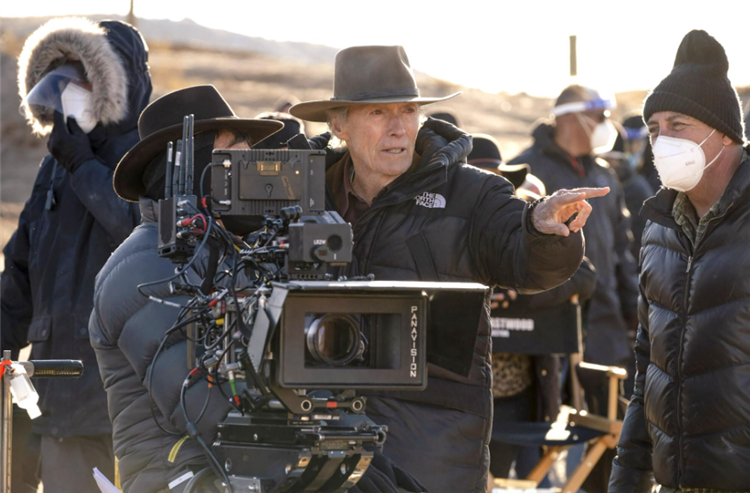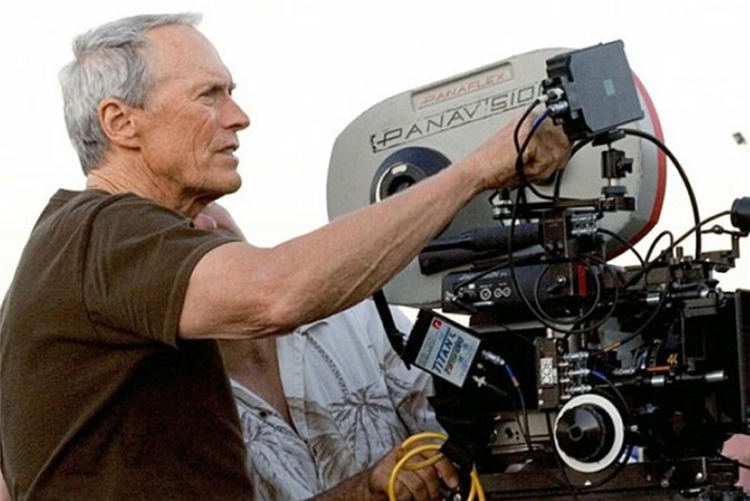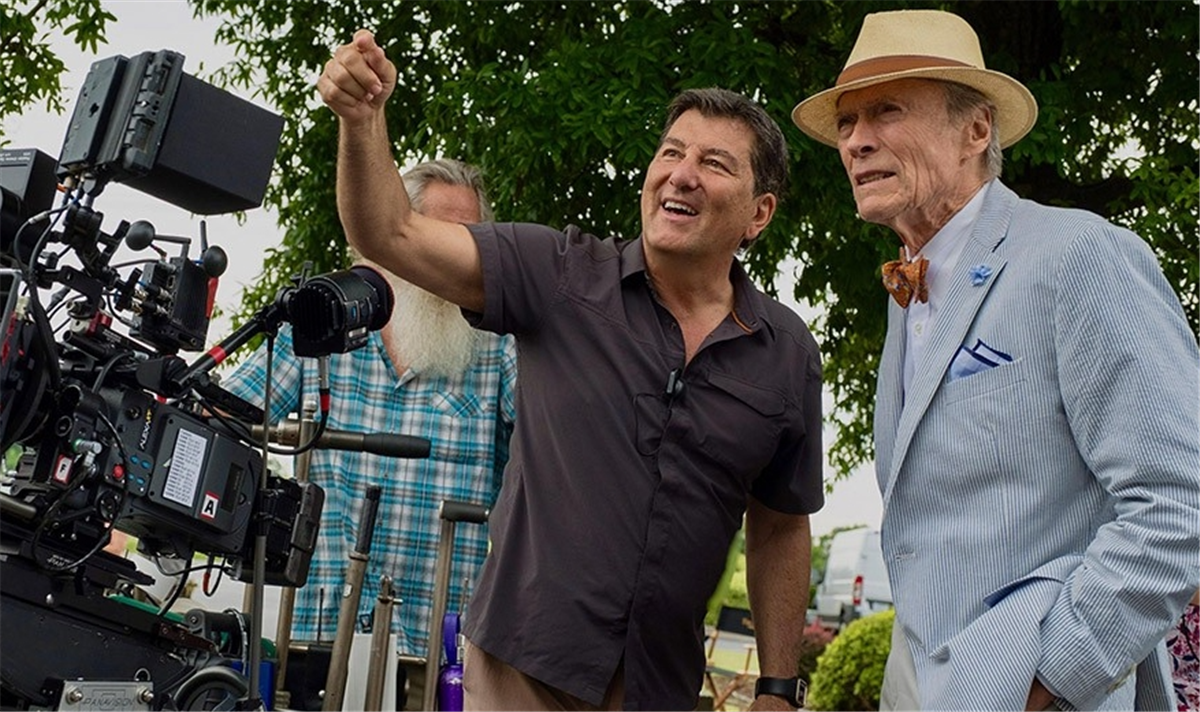The percentage of professional actors who become icons is infinitesimally small, and the same can be said of working directors. And yet, Clint Eastwood is a legendary figure in both disciplines, which makes him arguably the industry’s greatest-ever double threat.
He was well into his career before he ever stepped behind the camera. After making his on-screen debut in the low-grade monster flick Revenge of the Creature in 1955, he eventually made his feature-length directorial debut 16 years later with the psychological thriller Play Misty for Me.
Between those two points, he gained fame on the small screen during his Rawhide tenure, became a household name by headlining Sergio Leone’s Dollars trilogy, and cemented his position upon his Stateside return through the likes of Hang ‘Em High, Coogan’s Bluff, Where Eagles Dare, and Two Mules for Sister Sara.

While Eastwood was always focused on his performances, his eyes and ears were constantly open to everything that unfolded around him, too. He didn’t start out with the intention of helming dozens of films over the course of half a century and winning two Academy Awards apiece for ‘Best Picture’ and ‘Best Director’ along the way. Still, he was savvy enough to ensure he picked up the required tricks.
“I think the advantage of being an actor is that you’re on sets all the time, so you kind of know what to do if you’ve been paying attention,” he explained to the Directors Guild of America. “When I was a contract player in 1954 and 1955 at Universal, I used to go around to sets all the time and watch people direct. I’d wander through as much as they’d let you.”
Although he “wanted to watch the actors” to see how his contemporaries approached their work, Eastwood also became “very curious about the director’s participation”. He may not have collaborated with them directly, but he did stop by on sets where greats like Alfred Hitchcock and Douglas Sirk were doing their thing, giving him the best of both worlds.

Having witnessed first-hand how the best directors operate a set and having his own experience of how to do the work on the opposite side of proceedings, Eastwood fostered a mindset and approach that he carried with him when he finally made the jump himself. Suffice it to say, it worked out very well for him in both the short and long term.
That background stood him in good stead, and having spent a decade and a half on countless sets watching a myriad of different directors utilising their own methods to bring the best out of the cast, the learning curve wasn’t quite as steep for Eastwood by the time Play Misty for Me came around.
He’s an actor, a movie star, and a celebrated auteur, combining all three vastly different offshoots of the business together into one inimitable whole.
